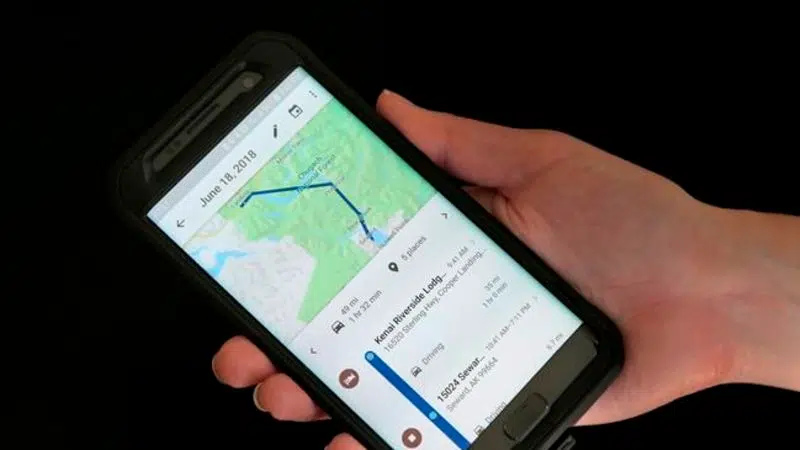
‘Speed camera ahead:’ Google Maps add photo radar warnings for drivers
EDMONTON — Drivers using Google Maps are getting a last-minute warning as they approach some photo radar camera locations.
The feature, which is currently being rolled out by Google, allows users to see speed limits, speed cameras and mobile speed cameras on the map before they leave.
It also gives a verbal warning — an automated voice saying “speed camera ahead” — when drivers are near a fixed speed camera.



